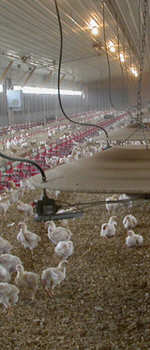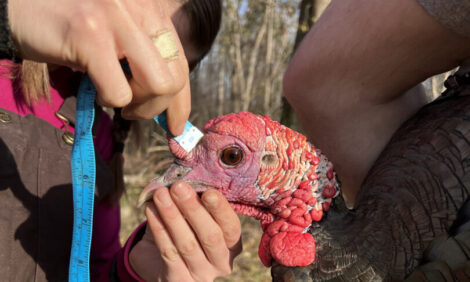



Broiler Feeding: Mash or Pellet?
By Jean-Jacques Trevidy, Hubbard Europe - This article evaluates the options of mashing or pelleting broiler feed, and like many choices the broiler producer has, the answer is dependant upon a number of factors.Introduction
Mash or pellet? The decision is not straightforward, because one must take into account numerous factors together with the complex interactions involved in the feed digestion process.
The important factors:
- Genetic evolution and broiler feeding behaviour.
- Feed presentation; feed factory technology; manufacturing costs.
- Housing conditions, management, and health status all have a significant impact on digestion process efficiency and stability,
- Law and regulations with respect to consumer's protection, restriction in the use of antibiotics, growth promoters, and coccidiostats.
Production conditions vary according to the country, and different technical solutions may lead to good techno-economical results:
For instance in Northern Europe (UK; Holland; Denmark), the raw materials are ground very fine to ensure good cohesion throughout the conditioner and expander treatments at 85-90"C. The benefits of this technique are optimised in cases involving very healthy chicks reared on high-level management and biosecurity farms, The technical results are excellent, but the costs are high, in line with the high food safety expectation of the end consumer
Brazil can produce high quality raw materials (maize and soya bean). Because of its geographical position and climate, farms are scattered, often very simple in design and flock density is low. Feed is mainly in coarse mash form (only 30 % of the total feed produced is pelleted).
Between these two examples, there are many ways of achieving the same technical results according to the local technical and economical conditions.
The main factors at stake are highlighted below:
| Introduction | NEXT: Genetics | Feed | Housing |
Source: Hubbard Technical Bulletin - January 2005










